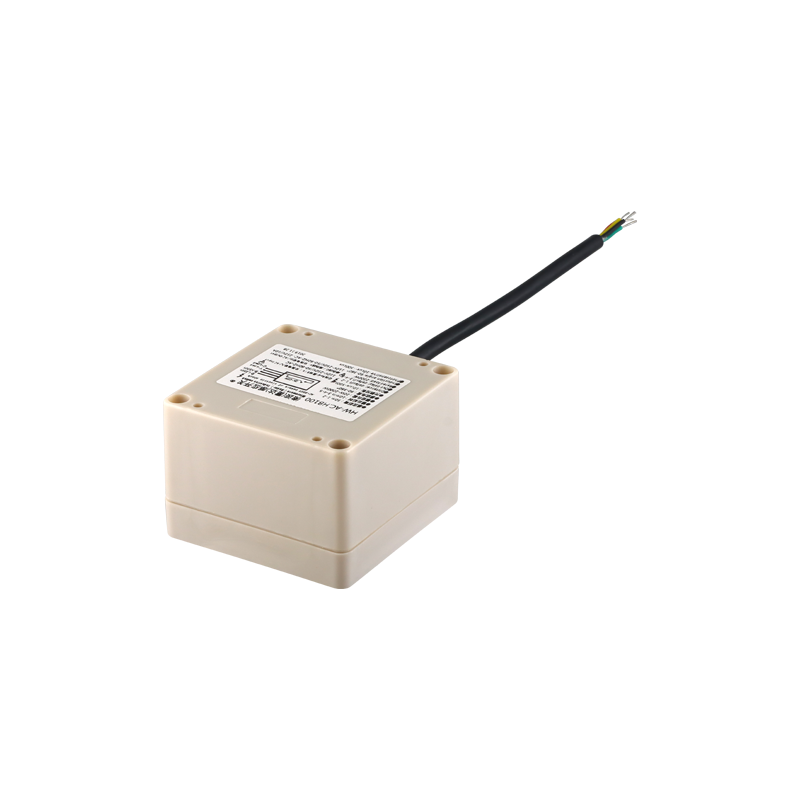 1004,West-CBD,No.139 Binhe Rd,Futian District,Shenzhen, China Post Code:518048
1004,West-CBD,No.139 Binhe Rd,Futian District,Shenzhen, China Post Code:518048
 +86-18682200597
+86-18682200597
 sales@szhaiwang.com
sales@szhaiwang.com
 1004,West-CBD,No.139 Binhe Rd,Futian District,Shenzhen, China Post Code:518048
1004,West-CBD,No.139 Binhe Rd,Futian District,Shenzhen, China Post Code:518048
 +86-18682200597
+86-18682200597
 sales@szhaiwang.com
sales@szhaiwang.com
source:Industry News release time:2022-08-23 Hits: Popular:Infrared sensing module

Both NTC thermistors and thermocouples are commonly used temperature measurement and control materials. NTC thermistors and thermocouples have the same function but work differently and the choice between the two should depend on the needs of the user and the application they want to accomplish.
The basic principle of thermocouple temperature measurement is to weld conductors or semiconductors A and B of two different materials to form a closed loop. When there is a temperature difference between the two sticking points 1 and 2 of conductors A and B, an electromotive force is generated between the two, and a large current is formed in the loop. This phenomenon is called the thermoelectric effect. Thermocouples use this effect to work.
Thermocouples have two main wires (each made of a different metal) soldered to a junction. They are used because they can handle extreme temperatures. Versions constructed with precious metal fittings can withstand high temperatures up to 3272°F / 1800°C.
NTC refers to the thermistor phenomenon and material whose resistance decreases exponentially with increasing temperature and has a negative temperature coefficient. The material is a semiconductor ceramic made of two or more metal oxides, such as manganese, copper, silicon, cobalt, iron, nickel, and zinc, which are fully mixed, formed, and sintered. It can be made into a negative temperature coefficient. (NTC) thermistor. Its resistivity and material constant vary with the proportion of material composition, sintering atmosphere, sintering temperature and structural state. Now there are also non-oxide NTC thermistor materials represented by silicon carbide, tin selenide, tantalum nitride, etc.
NTC thermistors use metal oxide beads encapsulated in epoxy or glass. Commonly used NTC thermistors (negative temperature coefficient) have a great price advantage. Depending on the construction, the price and performance of the thermistor will vary, but the device does come with standard benefits. Thermistors are very sensitive and can be made small (the same size as the pins) for sensing in tight spaces.
Read recommendations:
NTC thermistor material.Pyroelectric infrared sensor module Production
Principles and advantages of radio frequency sensors.metal cap Photoresistor price
Popular Recommended Products
PIR Lens 3517
2021-12-09PIR Lens 8761-1
2021-12-09HW-F1800-1 Fresnel solar lens Focal length 1800mm
2024-04-11PIR203S Analog sensor
2021-12-09PIR Lens 8001-1
2021-12-09PIR Lens 8801-2
2021-12-09HW-MS01 microwave sensor module
2021-12-07Φ6.5mm size with metal case
2021-11-27MF51 103F3950FL80 NTC Thermistor
2021-11-27PIR Lens 0515
2021-12-09PIR Lens 7709-4
2021-12-09Solar water temperature box temperature measurement NTC temperature probe
2023-02-23NTC sensor applications.Human Body Sensor
2023-07-03How to properly install the ntc temperature protector.Human Body Temperature Monitoring Sensor
2022-06-02MF55 Thin Film Temperature Measurement NTC Thermistor
2022-09-07Market competition status of the global sensor manufacturing industry.alarm sensor Production
2022-01-08MF52A 100K 3950 NTC Thermistor
2022-08-03FIR filter with fixed length pulse
2022-11-03New energy vehicle charging gun motor temperature measurement NTC temperature sensor
2022-09-22NTC thermist resistance thermal heating pile suitable for the rapid reaction of the forehead warm gu
2023-03-28Introduction to NTC.Microwave Radar Sensor Processor
2022-08-05
szhaiwang4@hotmail.com
+86-18682200597
sales@szhaiwang.com